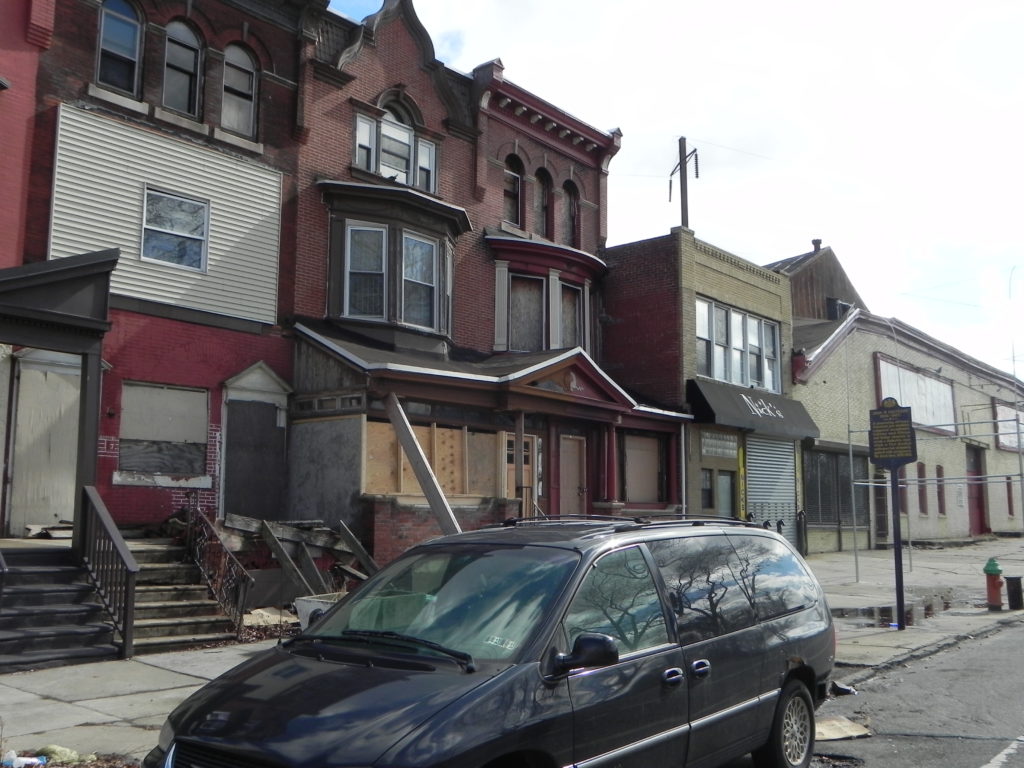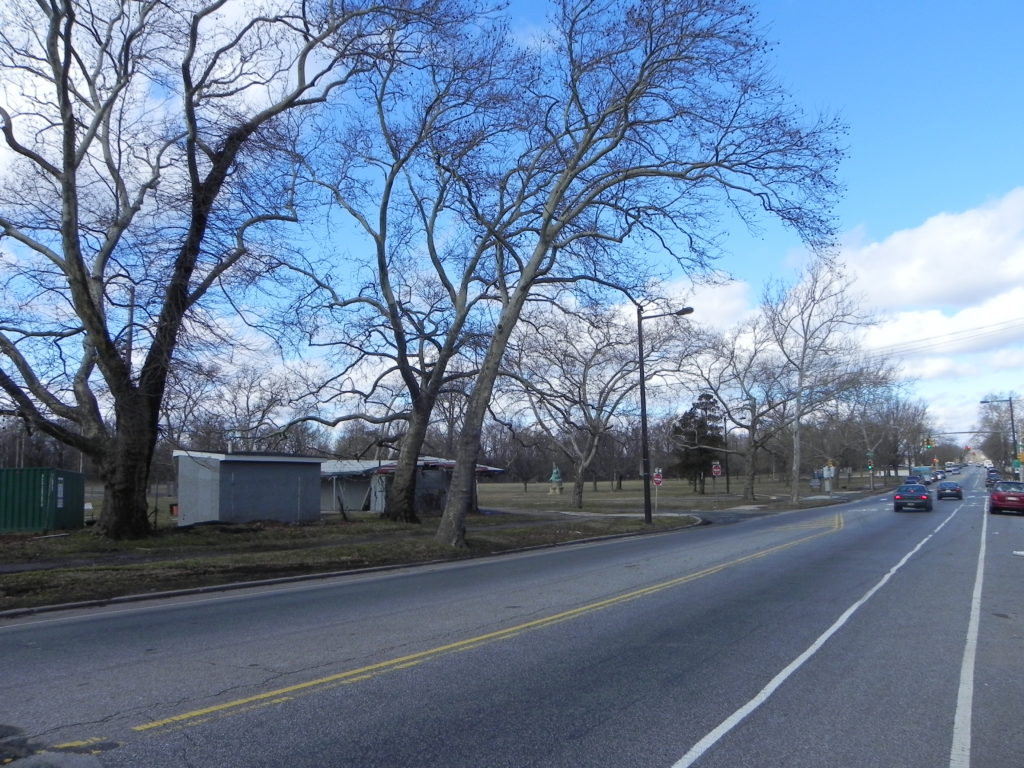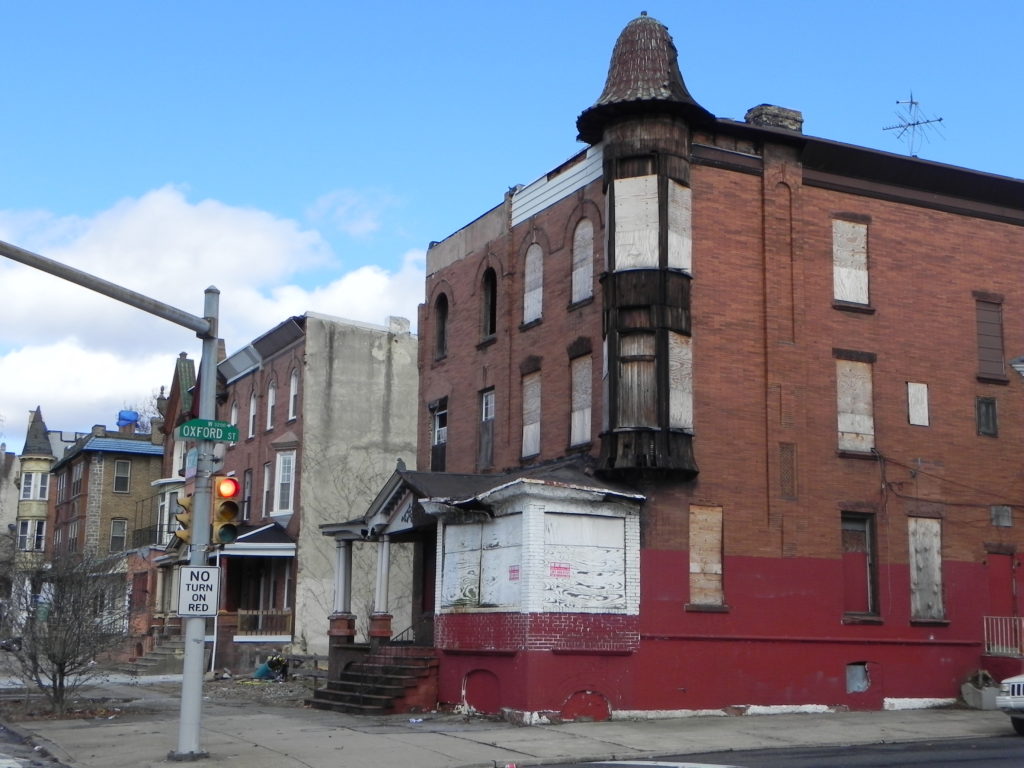Trane oh Coltrane. Old fashioned Blue Trane. Since he passed away in 1967, John Coltrane’s legend has only grown, while his most important physical connection to Philadelphia has deteriorated.
In 1943, Coltrane moved from North Carolina to Philadelphia and enlisted in the Navy. When he completed his service in 1946 he returned to Philadelphia, further pursuing his musical efforts and later purchasing a home in Strawberry Mansion overlooking Fairmount Park.
Next time you’re in Brewerytown and have an hour to kill, take an amble up 33rd Street, up past Girard Avenue. To your right you’ll descry a row of Victorian style homes, many of are bruised and blighted from a lack of proper upkeep over the years. To your left, the edge Fairmount Park. For a soundtrack, how about Coltrane’s 1957 Blue Train album? As you walk up the street, watch the city fall into the rhythm and melody of the man who purchased his home here at 1511 N. 33rd St. in 1953.
For nearly a decade Coltrane’s former abode has been vacant and blighted, a shadow of what once was. Do the ghosts of horns past hang in the air? When Coltrane acquired the house, the neighborhood was an established middle-class community. When Coltrane headed to New York to further his career in 1958, he left the home with the family. His first cousin Mary Alexander lived there until 2004.
The house is now being renovated and its legend revitalized thanks to the efforts of the The John Coltrane House, a recently incorporated 501c3. That nonprofit was launched in part by Lenora Early, the home’s current owner. Her husband purchased the house for $100K with hopes to renovate the home, and she has managed efforts that have raised $50K thus far. The Colonial Revival style home was designed by E. Allen Wilson, the same architect who designed the Paul Robeson house in West Philadelphia. Both sites are listed on the National Register of Historic Places.
Philly has its share of homes of former famous artists, like the Edgar Allen Poe home located just north of 7th & Spring Garden. Here’s to Coltrane, Robeson, Poe, and the thousands of others across the city in tiny studios, cluttered practice rooms, and chilly warehouses working to make their names in the arts.
–Lou Mancinelli




